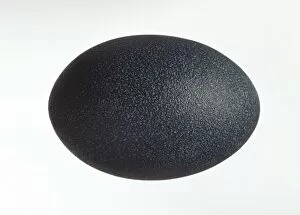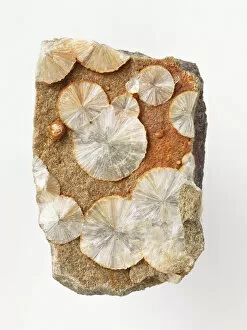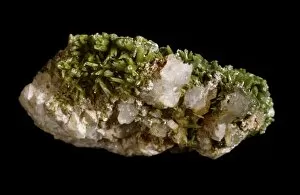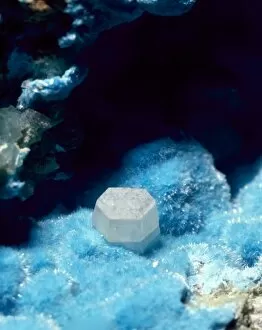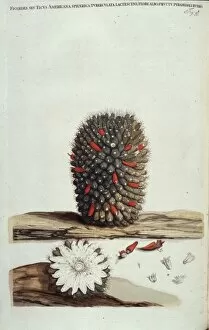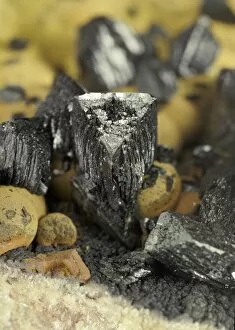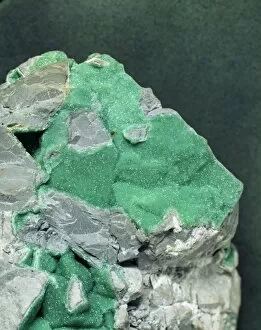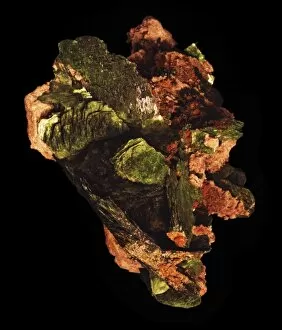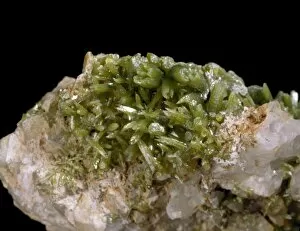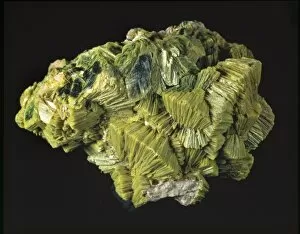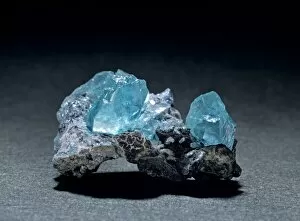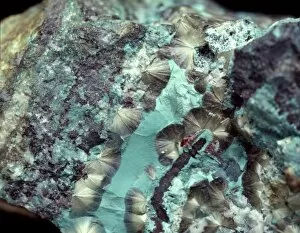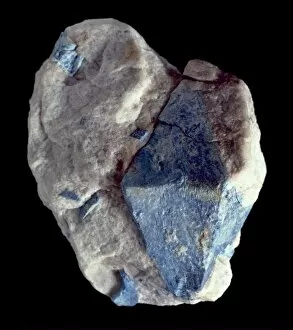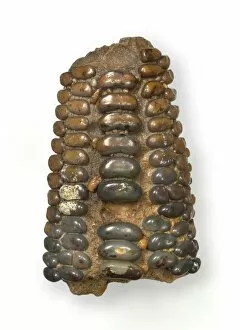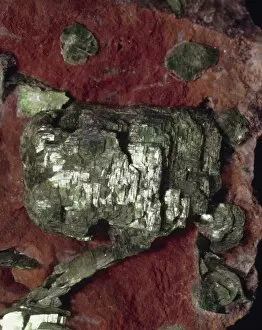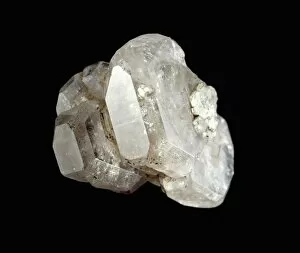Phosphate Mineral Collection
"Unveiling the Vibrant World of Phosphate Minerals: From Turquoise to Torbernite" Turquoise: A mesmerizing gemstone known for its striking blue-green hue
For sale as Licensed Images
Choose your image, Select your licence and Download the media
"Unveiling the Vibrant World of Phosphate Minerals: From Turquoise to Torbernite" Turquoise: A mesmerizing gemstone known for its striking blue-green hue, derived from copper phosphate minerals. Emu Egg: Did you know that some they can be found in nature's creations? Explore their fascinating presence within emu eggs. Wavellite: Delicate and captivating, wavellite showcases a unique green coloration, making it a prized specimen among collectors. Pyromorphite C016 / 6089: Discover the allure of pyromorphite with its vibrant shades ranging from yellow to green, adding a touch of brilliance to any mineral collection. Libethenite C016 / 5660: Unearth the beauty of libethenite, displaying rich emerald-green hues that captivate both enthusiasts and geologists alike. Torbernite C016 / 5656 & Torbernite C016 / 5652: Dive into the world of torbernite – an enchanting radioactive mineral renowned for its stunning green crystals and intriguing properties. Susannite on Caledonite: Witness an exquisite combination as susannite delicately forms atop caledonite, creating a visually captivating display within the realm of phosphate minerals. Turquoise variety Henwoodite: Experience the uniqueness of henwoodite – a rare turquoise variety boasting distinctive characteristics that set it apart from traditional specimens. Pyromorphite, Wavellite & Torbernite Trio: Marvel at this trio's diverse colors and formations; pyromorphites' fiery tones harmonize with wavellites' serene greens while torbernites add an electrifying touch. Embark on a Journey through Phosphate Minerals - From turquoise's timeless elegance to wavellite's delicate charm and torbernite's alluring radiance; explore the captivating world of these remarkable minerals.


